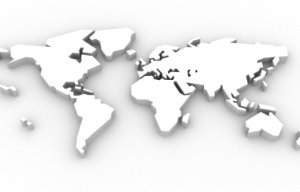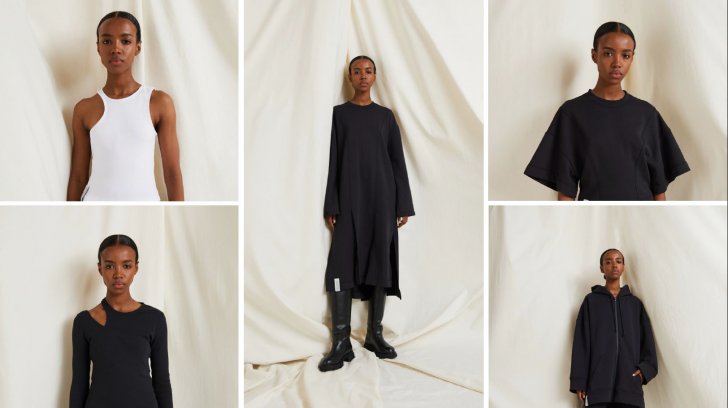
Velox signs strategic partnership with Ashland
Sold out collection represents new level of supply chain reach from local microfactory.

17th November 2021
Innovation in Textiles
|
Borås, Sweden
A collection consisting of five unique garments was launched by Swedish fashion brand Gina Tricot on October 14th online and immediately sold out.
The collection was the result of two successful projects initiated by the Science Park Borås and Automation Region – Microfactories and Transparency – to prove that it is possible to produce clothing with full traceability and transparency in Sweden.
Through an NFC-chip attached to each garment – a near-field communication technology used traditionally in access cards –customers can follow the entire product journey and see the economic, ecological and social footprints of these garments in a clear and user-friendly way with a specially-designed app.
“Through our work with the Transparency project we have gained tools and know-how on how we at Gina Tricot can implement transparency on a larger scale for our future value chains,” said Emma Garrote Fredman, global production and sustainability manager at Gina Tricot. “This is key for us moving forward.”
Automation
Since the Autumn of 2020, the Microfactories research team in Borås has been working on the idea of producing a fully transparent fashion collection by using automation.
The concept of microfactories dates back to the early 1990s, where the idea was to achieve small production units with a high degree of automation. The idea was to reduce operating costs but at the same time increase efficiency with the help of highly automated manufacturing units. For the textile and fashion industry, however, it took until the advent of e-commerce before small-scale producers could reach out and start distributing their goods. Before that, it was simply not profitable.
The technical components used in the textile and fashion industry today are highly adapted for large-scale production, where a lot of manpower and energy consumption is required. At the same time, new demands are being placed on the industry in respect of sustainability goals, and AI and new automation techniques are viewed as the tools for responding to them.
“Today there are already automated machines in production with high learning ability via AI, but tomorrow’s robots and machines will be more flexible and able to handle more than one step,” said Microfactories project manager Jonas Larsson. “If we are to achieve one hundred percent transparency in environmental impact and at the same time understand how we create profitable circular systems in the textile and fashion industry, we need to use technology in a smarter way. In textile automation there is still a lot to explore and many new innovations that need to be created.”
Block chain
A link up with PaperTale – a start-up based in Malmö offering block chain technology to trace every step of the production process of garments – led on to the Transparency project.
All five garments were produced locally in Borås by XV Production, whose factory is only a stone’s throw from Gina Tricot’s head office. During production, sensors were used to record all energy output for both the production and the facility in which the factory is based.
“There is a general consensus in the textile industry that transparency beyond the production of fabrics and trims is very intricate and that reaching beyond raw materials is near impossible,” said Jonas Larsson, the initiator of Microfactories project and research fellow at The Swedish School of Textiles in Borås. “With the Transparency Project we wanted to prove the opposite and these garments can be traced all the way back to the cotton fields.”

Business intelligence for the fibre, textiles and apparel industries: technologies, innovations, markets, investments, trade policy, sourcing, strategy...
Find out more